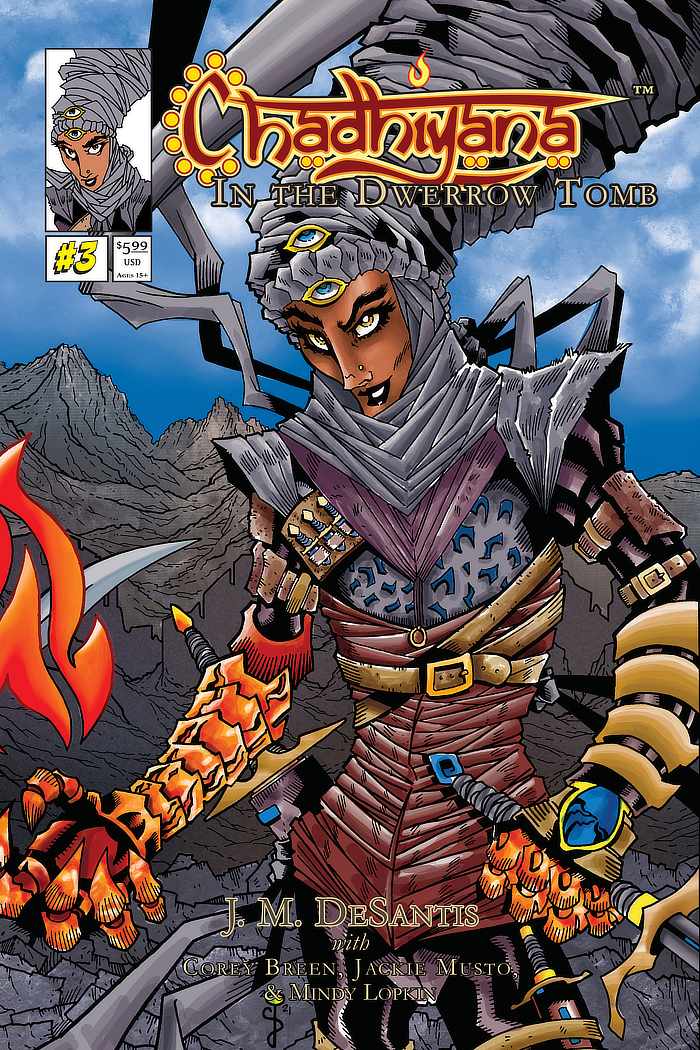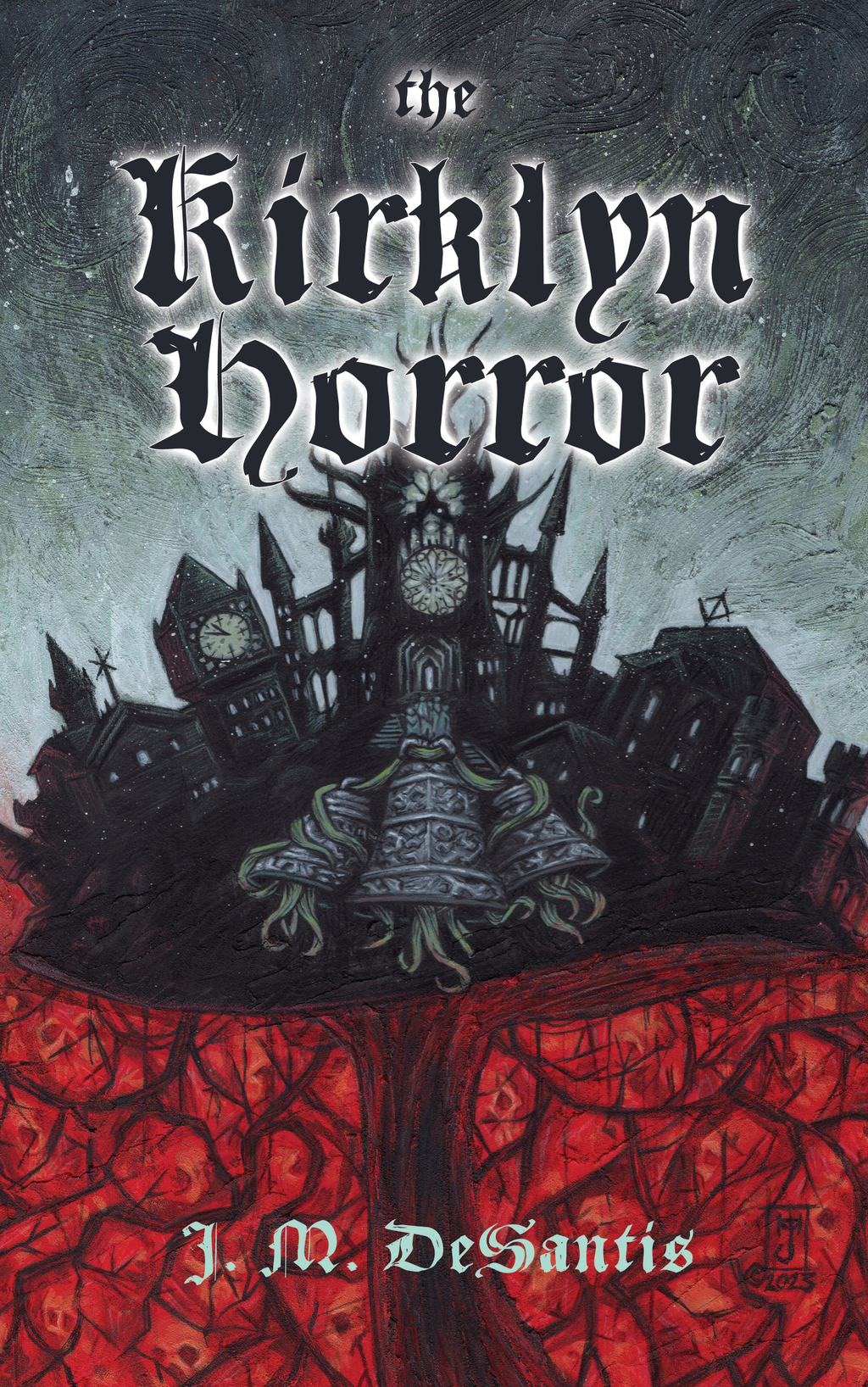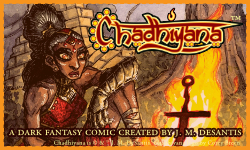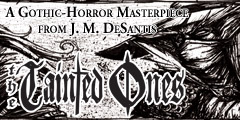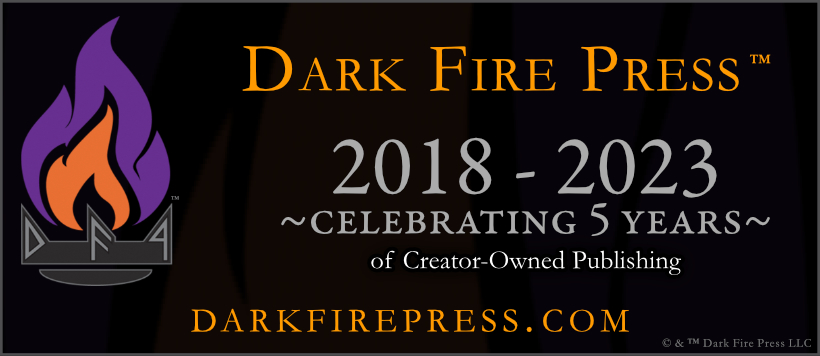A Trip to the MET
I was going to blog about something else today, but on such short notice (this entry is going up a bit late in the day for me–I usually post at 7 am EST) it’s easiest to write about the foremost thing on my mind. Yesterday, being off from my teaching job for Spring Break, I played hooky from working on my writing and art and took a trip into New York with my lovely girlfriend and her little daughter to the Metropolitan Museum of Art.
It’s been years since I’ve visited the museum, perhaps more than I can count as I can vaguely remember visiting there maybe once (if that) since I graduated from Pratt Institute in 2005. (Wow! It’s almost been a decade already? I feel old.) Of all the museums and galleries I was forced to visit in my years as a student (and I don’t use the term “forced” lightly), the MET was perhaps the only one I enjoyed thoroughly. I’m not much for Modern (Fine) Art and the MET houses a wealth of classical and ancient fare to satisfy the old soul in me.
We looked at six exhibits yesterday: The Egyptian Art exhibit (including the Tomb of Perneb and the Temple of Dendur), the American Wing, the Arms and Armor exhibit, Tibet and India: Buddhist Traditions and Transformations, the Asian Art exhibit and Lost Kingdoms: Hindu-Buddhist Sculpture of Early Southeast Asia (5th to 8th Century). I can’t really say which of these I found most interesting, as they all held an equal level of interest and inspiration for me, but I will say that the two I found most worth commenting on (at present) were the Arms and Armor exhibit and that of the Lost Kingdoms.
First, in the Arms and Armor exhibit I was struck by how differently Eastern and Western cultures conceived of their armour. Mainly (to make a broad statement), much of the typical knight’s armour was created by using shaped plates of metal to create a full suit of armour, whilst both Middle Eastern and Asian cultures seemed to use smaller plates linked together by cloth or ringed mail to create a more flexible (and perhaps lighter?) armour. What’s more, I had never seen samurai armour up close and so hadn’t before noticed that the Japanese used coloured cloth strands to tie the small plates of metal together (which is where much of the colour of samurai armour comes from–not painted leather or metal as I had always suspected). This is something I hadn’t been able to see by merely searching images on the internet, which reinforces the idea that a physical interaction with something is largely superior to a digital one.
As for the Lost Kingdoms, it was interesting to notice how the ideas of Buddhism, Hinduism and even the belief in the (otherwise) Indian gods had spread quite far throughout the world in a time before China was even established. It affirmed some speculative ideas I’ve had that this area of the world was the center of civilisation for ages before others began to rise up. This idea, I should mention, is something which is central also to the history of the fantasy world in the Chadhiyana stories.
Other than that, there isn’t much else worth remarking (or rather there’s too much to remark and not enough space to write about it). Though I will add that I had two delicious hotdogs from a street vendor with all the fixin’s for lunch. (What would a trip to the City be without some “dirty water dogs”?) It was a great trip, all in all, and I look forward to visiting the MET again. Though, let’s hope I won’t wait almost a decade before I go again.




